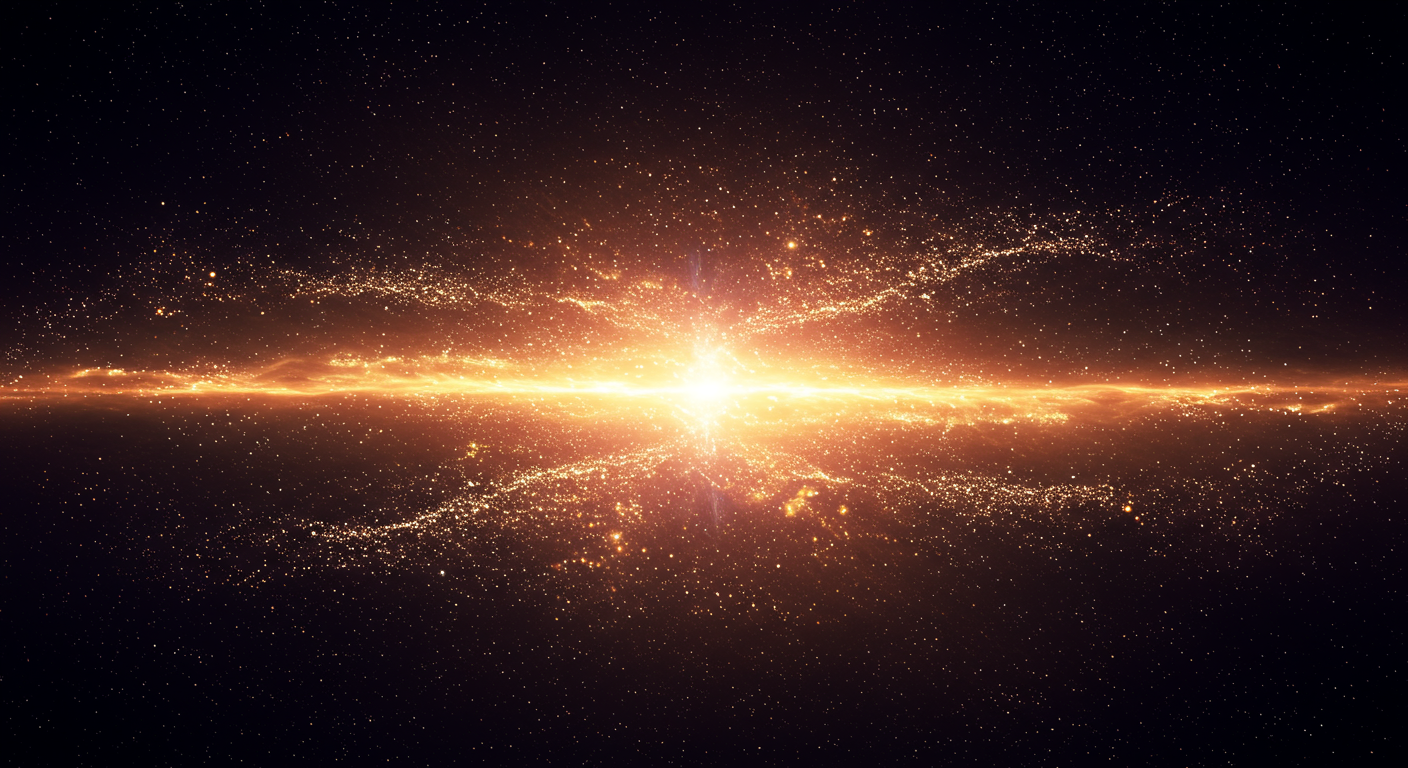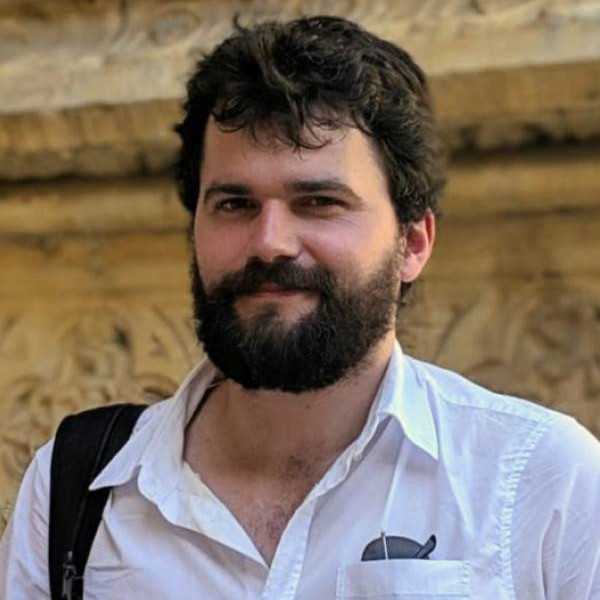On the accuracy of posterior recovery with neural network emulators

In the rapidly evolving landscape of astrophysics and cosmology, the featured paper, 2503.13263, “On the accuracy of posterior recovery with neural network emulators,” tackles the crucial question of reliability when using neural network emulators within Bayesian inference frameworks. Lead author H. T. J. Bevins along with T. Gessey-Jones and W. J. Handley delve into the intricacies of emulator accuracy, particularly concerning its impact on posterior recovery. This work is partly a response to recent literature questioning the validity of using emulators in these contexts, such as 2307.00099.
Emulators, particularly neural network-based ones, are indispensable tools for approximating computationally expensive simulations, such as those used in 21-cm cosmology (2104.04336). They provide an efficient way to navigate high-dimensional parameter spaces within Bayesian inference loops. However, ensuring the accuracy of these emulators and their impact on derived posteriors remains a significant challenge. Often, ad hoc rules or a focus on signal recovery accuracy guide emulator development, as highlighted in previous work on globalemu (2104.04336). This paper argues for a more rigorous approach, advocating for evaluating emulator performance based on its ability to faithfully reproduce the posterior distribution.
The authors establish a theoretically grounded limit on the information loss, quantified by the Kullback-Leibler (KL) divergence, incurred when employing an emulator of a given accuracy. They demonstrate that under certain assumptions—linearity of the model, uncorrelated noise, and a Gaussian likelihood—the KL divergence between the true and emulated posterior can be directly related to the emulator’s root mean squared error (RMSE). This framework provides a valuable tool for assessing the reliability of emulators, particularly in scenarios where accessing the true posterior is computationally prohibitive.
Using the field of 21-cm cosmology as a testing ground, the authors showcase the practical application of their theoretical framework. They reproduce and extend some of the analyses from 2307.00099 employing the radiative transfer code ARES and an emulator built with globalemu. Crucially, they demonstrate that with carefully considered preprocessing choices, as outlined in 2104.04336, and an appropriate level of accuracy, accurate posterior recovery is indeed feasible, even when the mean RMSE of the emulator is a substantial fraction of the noise in the data. This addresses concerns raised in earlier studies about the reliability of emulators in this field. The authors also make their code publicly available (https://github.com/htjb/validating_posteriors) to promote transparency and reproducibility. This study reinforces the value of neural network emulators in astrophysical research while providing a rigorous framework for evaluating their accuracy and ensuring reliable posterior recovery.



Content generated by gemini-1.5-pro using this prompt.
Image generated by imagen-3.0-generate-002 using this prompt.